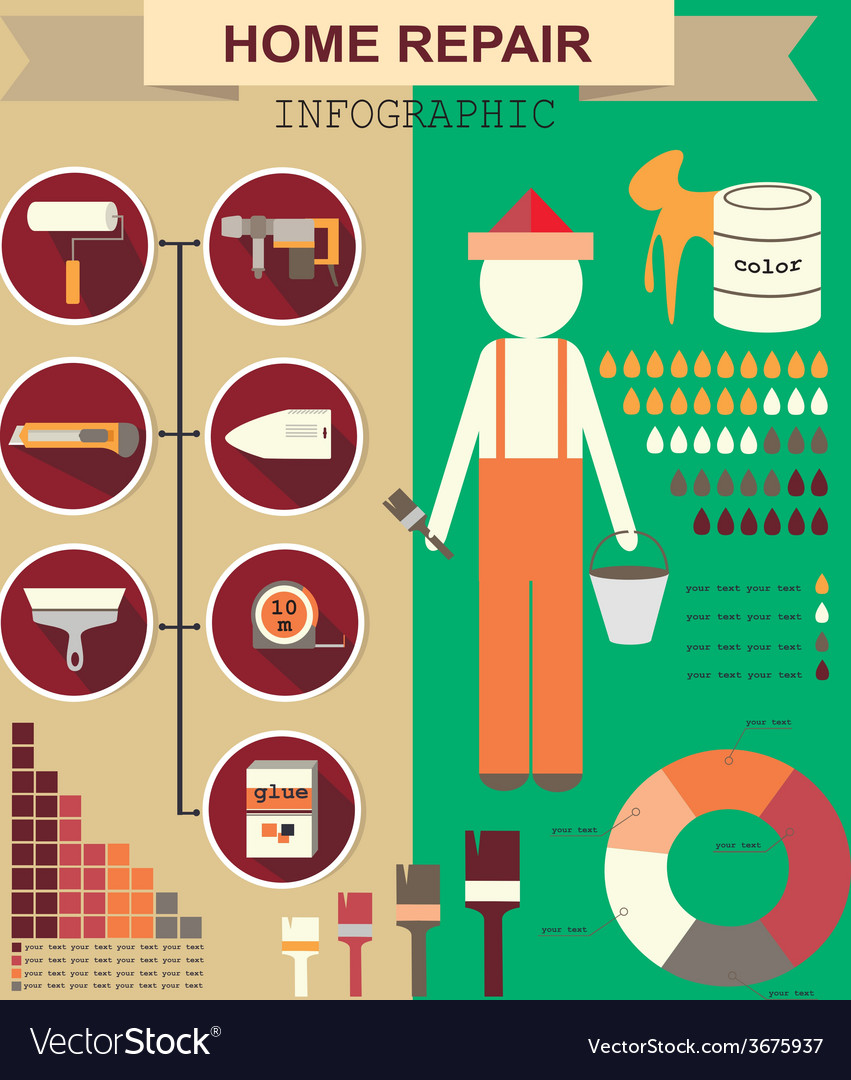Standards For Creating An Eco-Conscious Home Extension
Standards For Creating An Eco-Conscious Home Extension
Blog Article
Post By-Matthiesen Dickson
When preparing a home addition, you can significantly lower your ecological influence by integrating green practices. By carefully selecting lasting materials, using energy-efficient systems, and incorporating eco-friendly design concepts, you have the possibility to create an area that not just profits the world but additionally boosts your lifestyle. These easy yet impactful options can make a long-term distinction in the sustainability of your home.
Finding Lasting Building Products
When it concerns making your home addition green, one essential facet to take into consideration is picking sustainable structure products. Choosing products that have marginal environmental impact can substantially lower your carbon footprint. Seek alternatives like reclaimed wood, bamboo floor covering, recycled steel, or low-VOC paints. These materials aren't just environmentally friendly but also sturdy and cosmetically pleasing.
Sustainable structure products play an essential role in saving natural deposits and lowering waste. By choosing products that are responsibly sourced and generated, you add to a healthier setting and support lasting methods within the building market.
In addition, several lasting building materials are energy-efficient, aiding you save on long-lasting energy costs.
Before starting your home addition task, research study various lasting building materials and seek advice from experts that focus on environmentally friendly construction. By making informed options and prioritizing sustainability, you can create an attractive and eco aware space that profits both you and the planet.
Implementing Energy-Efficient Systems
To better boost the eco-friendliness of your home addition, concentrate on implementing energy-efficient systems. Start by setting up LED lights throughout your brand-new room. LED bulbs use dramatically much less power than traditional incandescent bulbs and last much longer, reducing the need for frequent substitutes.
Take into consideration incorporating a programmable thermostat to manage heating and cooling down effectively. This allows you to readjust the temperature based on your timetable, saving energy when you're not at home.
An additional necessary energy-efficient system is proper insulation. Shielding your wall surfaces, floors, and attic assists maintain a regular indoor temperature, decreasing the demand for heating or air conditioning.
In addition, purchasing energy-efficient appliances such as fridges, washing makers, and a/c systems can significantly decrease your power usage.
Incorporating Environment-friendly Layout Concepts
Think about incorporating green design principles into your home enhancement to optimize its eco-friendliness. Beginning by using passive solar layout, which benefits from the sun's power for heating and illumination. Orienting your addition to capture all-natural sunlight and incorporating attributes like huge south-facing windows can help in reducing the requirement for artificial lighting and heating, lowering energy consumption.
Additionally, select lasting products such as redeemed timber, bamboo floor covering, or recycled glass kitchen counters to decrease ecological effect. Opt for reduced unpredictable organic compound (VOC) paints and coatings to boost interior air high quality and reduce harmful discharges. Implementing correct insulation, efficient windows, and impermeable construction methods can boost energy effectiveness and thermal comfort.
Integrating green roofs or living walls can also use insulation, minimize stormwater drainage, and create an environment for wild animals. By incorporating these green design concepts into your home enhancement, you can produce a more sustainable and environmentally friendly home for you and your household.
just click the following website , by choosing lasting structure materials, applying energy-efficient systems, and incorporating environment-friendly design concepts, you can make your home addition environmentally friendly. These simple selections not just profit the environment yet likewise conserve you cash in the future. So, embrace eco-conscious decisions in your home improvement task and enjoy a much more sustainable and energy-efficient living space.
